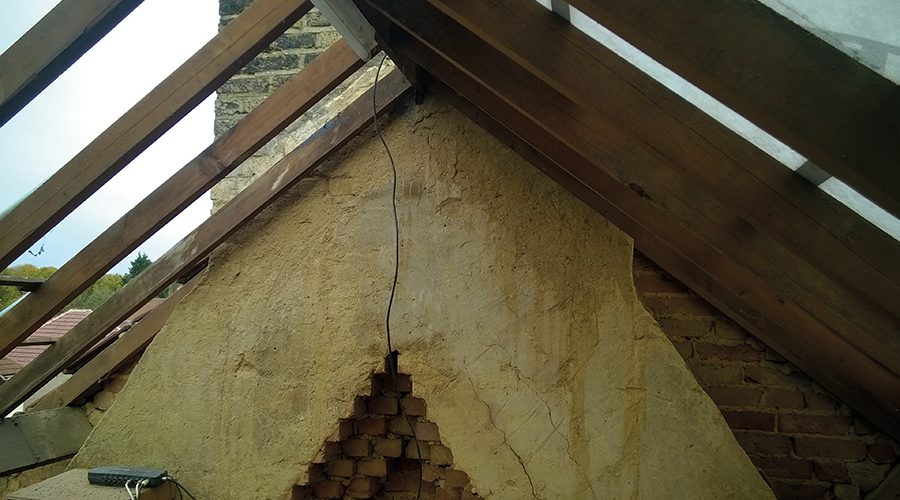Thanks to the Party Wall Act protection is given to owners of properties next door to where building work is taking place. Paul Burton of Pellings explains more.
Pellings
The last thing that residential landlords want are unhappy tenants and there is nothing like holes appearing in party walls because of development or refurbishment work next door to upset neighbouring residents, along with the associated noise and vibration.
In any event where building works include the party wall, it is subject to specific legislation that requires a next-door neighbour to serve Notice if they are going to undertake significant work governing that wall.
As always, the legislation is not straightforward, and a local authority or housing association needs to be aware of that legislation and needs to be advised by professionals on their rights and responsibilities.
The Party Wall Act 1996 covers building work on or at legal boundaries, building work to party walls, and excavations near to and below the foundation level of neighbouring buildings.
The Act is designed to protect the interest of owners of adjoining properties where work is being undertaken whether new build developments, loft conversions, the insertion of damp-proof courses, the digging of new foundations for extensions and there is a risk of adverse effect on a neighbouring property.
Before work under the Act can start, the property owner proposing the work is required to serve a Notice under the Party Wall Act on the neighbouring property owner about the planned works.
This should:
- Provide adequate notice in line with the statutory timescales
- Inform all affected adjoining owners which includes the freeholder and anyone with a leasehold interest longer than a year
- Describe the proposed work precisely enough. Notices about excavations, for example, require a section drawing showing the proposed excavation and depth in relation to the neighbouring property
- Use the correct type of Notice and reference the relevant sections of the Party Wall Act.
However, the catch is that if a neighbouring developer or contractor ignores the Party Wall Act and doesn’t serve a Notice, depending on the extent of the works, there isn’t any comeback other than taking out a court injunction to stop the works until party wall matters are concluded. The legislation isn’t retrospective, so providing there is no damage to the party wall there is no redress or fines.
This makes it all the more important that owners or occupiers that are likely to be affected by neighbouring activity are properly advised.
Under the legislation both sides can appoint surveyors to mitigate the risk posed by building works and to agree works/compensation for any damage caused.
The party wall surveyor checks whether the work is being done properly. For instance a new basement that is not properly constructed could cause subsidence to a next door property, while loft conversions could cause fracturing of the party wall and damage to the plasterwork.
A common area to watch out for with social and affordable housing is where infill development is taking place on, for example, old garage sites which are no longer in use and new residential blocks are being developed and pushed out to the boundary on constrained sites. In that situation party wall, problems are a common occurrence.
Remember that the infringement of air-rights over someone else’s land that could occur through the erection of scaffolding and crane oversail needs to be considered. The Party Wall Act gives some rights of access but oversail for scaffold and cranes is normally dealt with by a separate licence agreement with compensation and fees attached.
Where access is required by the developer onto neighbouring property it is wise to agree access licences for major building work in advance. Remember that in return for granting access, you have the right to claim compensation and to decide what figure should be paid. You can also set other caveats, such as preventing work at weekends.
It is prudent to check whether the work being undertaken next door matches what planning consent was granted for (and whether stipulated conditions are being met). If not, it’s illegal. Planning applications and consents can normally be viewed via the local authority’s website.
In conclusion, in order to keep your tenants or leaseholders happy, rigorous asset management will ensure that you, as the landlord, are aware of pending or current building works on adjacent property and can take the appropriate steps to minimise the possibility of damage or nuisance to your property.










1 Comment
Pingback: The Party Wall Act: What You Need to Know
Comments are closed.